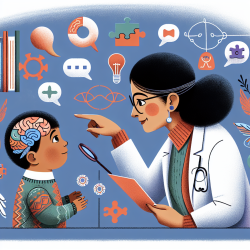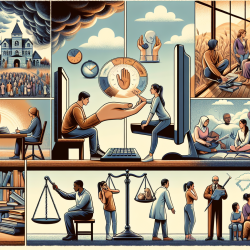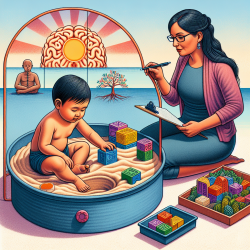Introduction
The research article "Child Labor and Environmental Health: Government Obligations and Human Rights" sheds light on the persistent issue of child labor in hazardous environments, particularly in the agriculture and mining sectors. As practitioners, it's crucial to understand the implications of this research and how it can be applied to improve practices and advocate for the rights and safety of children globally.
Understanding the Research
The research highlights the widespread issue of child labor, with an estimated 115 million children engaged in hazardous work annually. This work often occurs in sectors like agriculture and mining, where children are exposed to dangerous substances and conditions. The study presents case studies from Kazakhstan and Mali, where children are involved in tobacco farming and gold mining, respectively.
In Kazakhstan, children face health risks from exposure to pesticides and nicotine in tobacco farming. Despite laws prohibiting child labor, enforcement remains weak. In Mali, children working in gold mines are exposed to mercury, posing severe health risks. The study emphasizes the role of international human rights mechanisms and advocacy in addressing these issues.
Implementing Research Outcomes
Practitioners can take several steps to implement the outcomes of this research:
- Advocacy and Awareness: Raise awareness about the dangers of child labor and advocate for stronger enforcement of existing laws. Engage with government and private sector officials to ensure compliance with international standards.
- Education and Training: Provide education and training to children and their families about the risks associated with hazardous work. Promote alternative education and vocational training opportunities.
- Collaboration with NGOs: Work with non-governmental organizations to monitor child labor practices and advocate for policy changes. NGOs can provide valuable support in documenting abuses and raising public awareness.
- Media Engagement: Utilize media platforms to highlight the issue of child labor and pressure stakeholders to take action. Media coverage can amplify advocacy efforts and reach a broader audience.
Encouraging Further Research
While the current research provides valuable insights, further research is needed to explore the long-term health impacts of child labor and the effectiveness of interventions. Practitioners are encouraged to engage in research collaborations and contribute to the growing body of knowledge on this critical issue.
Conclusion
Addressing child labor and environmental health hazards requires a multifaceted approach involving advocacy, education, and collaboration. By implementing the outcomes of this research, practitioners can play a vital role in protecting children's rights and promoting safer working conditions. For those interested in delving deeper into the research, the original paper offers comprehensive insights and is available for further reading.
To read the original research paper, please follow this link: Child Labor and Environmental Health: Government Obligations and Human Rights.










